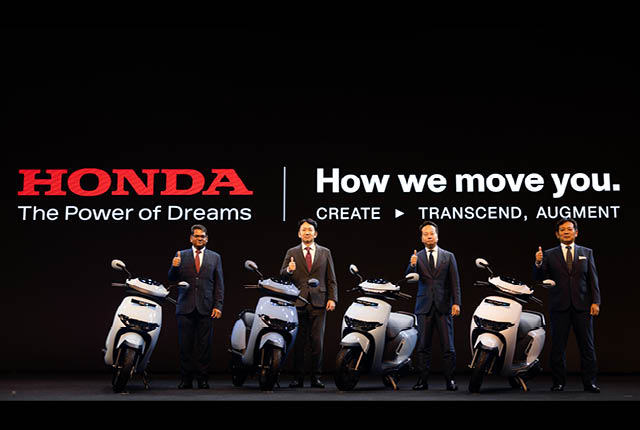
Honda, the market leader in ICE scooter sales in India have taken their first step towards the electric scooter market with two models.
The Indian two-wheeler market is the largest in the world, which regained its status in the first half of 2024 surpassing China once again, and this is despite the mandatory 13-year scrapping policy enforced by the Chinese government. Honda helped engineer the largest-selling motorcycle in the country, which became the best-selling motorcycle in the whole world. They did it again by creating the largest-selling scooter in India and repeating its history when it also became the largest-selling scooter around the globe. Can they do it a third time with their electric scooters? We will let you be the judge of that, but here are all the facts about Honda’s latest offerings in India, the Honda Activa e: and QC1 electric scooter duo.
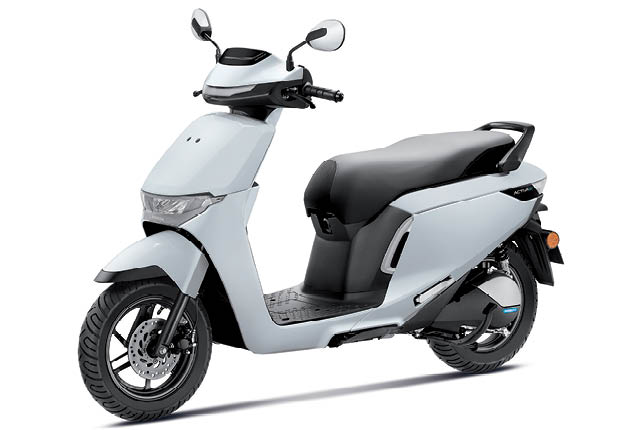
Honda Activa e:
The first thing to note is that instead of trying to create a completely separate brand, Honda decided to bank on the ubiquity of the Activa name; and the second thing is that the scooter looks like a Honda would, with its exceptionally clean lines. The Activa e: comes with a pair of removable batteries of 1.5-kWh capacity each, giving it 102 km of range based on Honda’s internal testing parameters, which should indicate IDC or WLTP ranges should be quite longer. Top speed is a respectable 80 km/h, and Honda quoted a 0-60 km/h time instead of the industry norm of a 0-40 km/h time, and the Activa e: hits 60 km/h from a standing start in 7.3 seconds. The permanent magnet synchronous motor develops 6 kW (8.2 hp) and 22 Nm and is swingarm-mounted, which Honda claim is engineered exclusively for vehicles with swappable batteries. It is barely heavier than the petrol version, with a kerb weight of 119 kg, which is 14 kg more than the petrol-powered H-Smart model. It also has 12-inch wheels at the rear as well as the front.
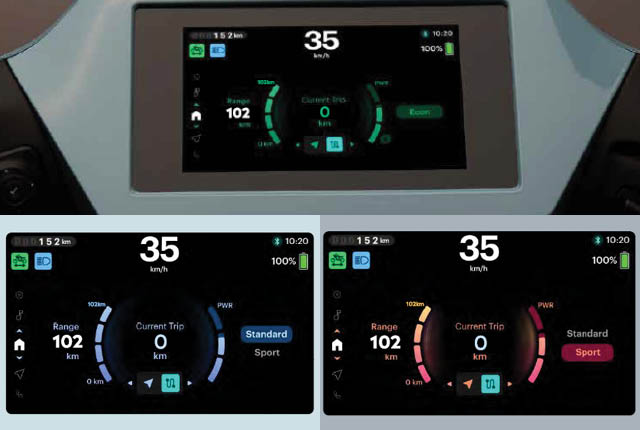
There are two variants—the standard model and the RoadSync Duo—which differ mainly in terms of features. The RoadSync Duo comes with a larger seven-inch TFT display as opposed to the five-inch one on the standard model. This display is powered by an ARM-cortex quad-core processor with 6 GB of RAM and 32 GB of storage and runs an Android-based OS. Both the variants get three ride modes, reverse mode and automatic brightness adjustment for the dashboard, along with the smart array of features previously seen on the petrol-powered Activa H-Smart trim, such as Smart Find, Smart Safe, Smart Start and Smart Unlock. The RoadSync Duo gets a few other niceties over this, such as the RoadSync Duo mobile app connectivity, and a host of features including fall alert, maintenance reminder, call and music playback control, navigation, live tracking and OTA updates.
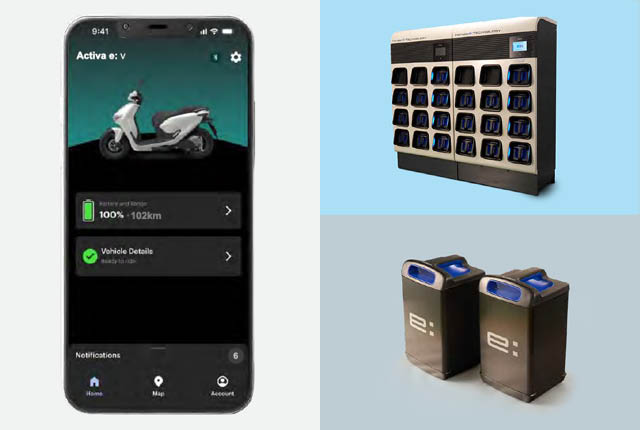
If you have read thus far and noticed a surprising lack of charging time, that’s because all Honda electric vehicles with the “e:” designation come with swappable batteries, and all you need to do is to reach the nearest Honda e: Swap Station for a fully-charged battery. However, there is no way to charge the batteries at home, too, you will always have to swap.
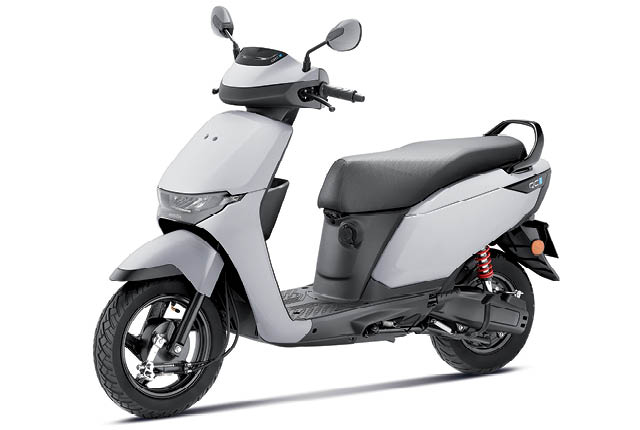
Honda QC1
Visually almost identical to the Activa e:, the QC1 is nevertheless identifiable by the absence of LED DRLs, simple black alloys instead of the diamond-cut one’s on the Activa e: and red springs for the rear suspension. It gets dual rear shock-absorbers instead of a singular unit as found on the Activa e:. The dashboard is a basic LCD, and the motor is a hub-mounted one. It is quite evident Honda will be pursuing an aggressive pricing strategy with this model. Honda claim an 80-km range from the fixed 1.5-kW battery according to their internal testing, and 77 Nm of torque, which is again measured via their internal testing protocols, so we do not know how they have achieved this figure. Peak power is 1.8 kW (2.5 hp) which is good for a top speed of 50 km/h and a 0-40 km/h acceleration of 9.4 seconds. As the QC1 has a fixed battery, Honda have quoted a charge time of 4 hours 30 minutes for 0-80 per cent SOC using the 330-watt off-board charger. It does have a CAN-controlled auto-cut for the charging though, so no worries about overcharging the battery. The kerb weight on the QC1 is a very lightweight 89.5 kg, and it does away with disc brakes considering its top speed. The rear wheel is a 10-inch one here, though the front one is 12-inch.
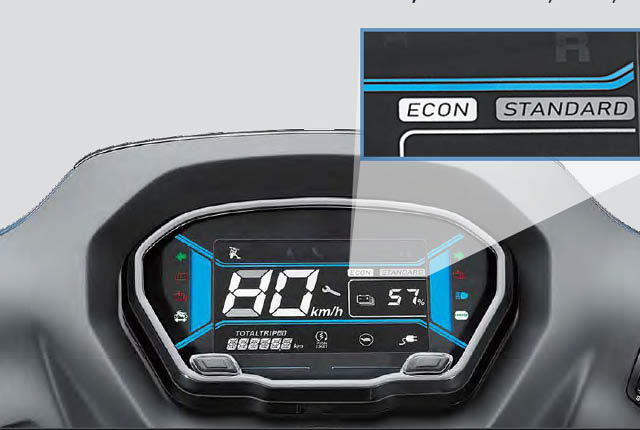
Honda have not mentioned a word about the pricing yet. Bookings will open in January and the pricing will also be announced at that time.


Leave a Reply